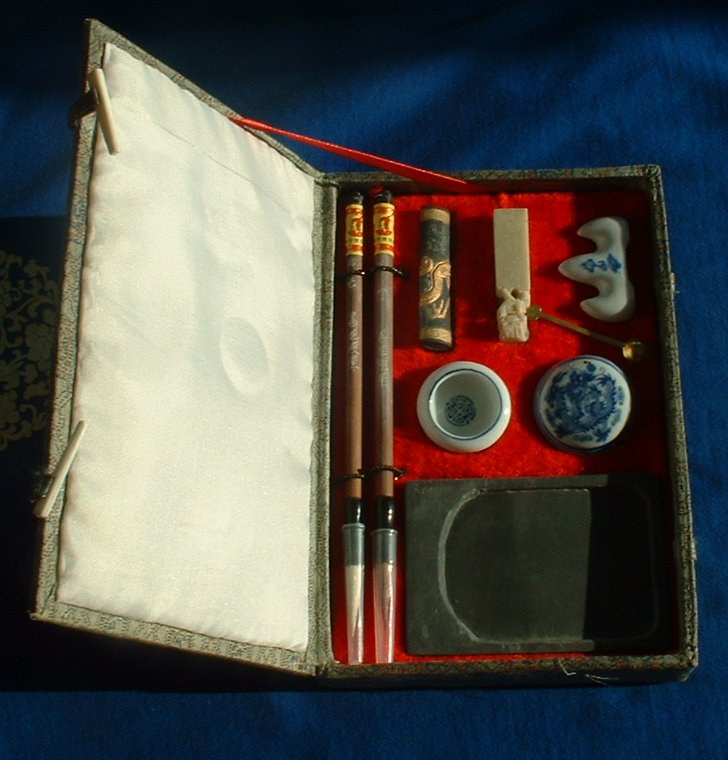A Conversation Between God and Man Created 2024-08-27 Updated 2025-07-16
Dialog between Fisherman and Woodcutter Updated 2025-07-16
Lit: fish timber question answer.
The dialog is also known as allegory for an incredibly deep philosophical discussion between an idealized wise woodcutter and a fisherman, e.g. mentioned at: www2.kenyon.edu/Depts/Religion/Fac/Adler/Writings/Fisherman%20and%20Woodcutter.pdf
This song is just too slow for Ciro Santilli to make much out of it.
Bibliography:
Dialog between Fisherman and Woodcutter Chinese traditional painting by Xie Shichen
. Guqin Updated 2025-07-16
Stringless guqin fan painting by Feng Chaoran (1943)
Stolen traight from www.silkqin.com/10ideo.htm on silkqin.com:Wind in the pines and a babbling brook are nature's melody. A qin was brought along, but there is no need to play it
Li sao (guqin song) Updated 2025-07-16
www.facebook.com/131402556881886/posts/655763214445815/ gives an origin:The silkqin.com entry: www.silkqin.com/04qart/07sqmp/57ls.htm does not mention this however.
Li Sao was composed by Cheng Kangshi in late Tang dynasty based on the poem Li Sao, authored by Qu Yuan (340-278 BC) in the Warring States period of ancient China.
Li sao performed by Guan Pinghu
. Source. Track from Master Of Traditional Chinese Music: guqin Melody of Longshuo Updated 2025-07-16
Wine mad Created 2024-11-09 Updated 2025-07-16
It is easy to get this piece wrong. Two many videos on YouTube play it too fast. Zhang Ziqian plays perfecly, with slightly inconsistent timing, perfectly simulating the drunkard.



